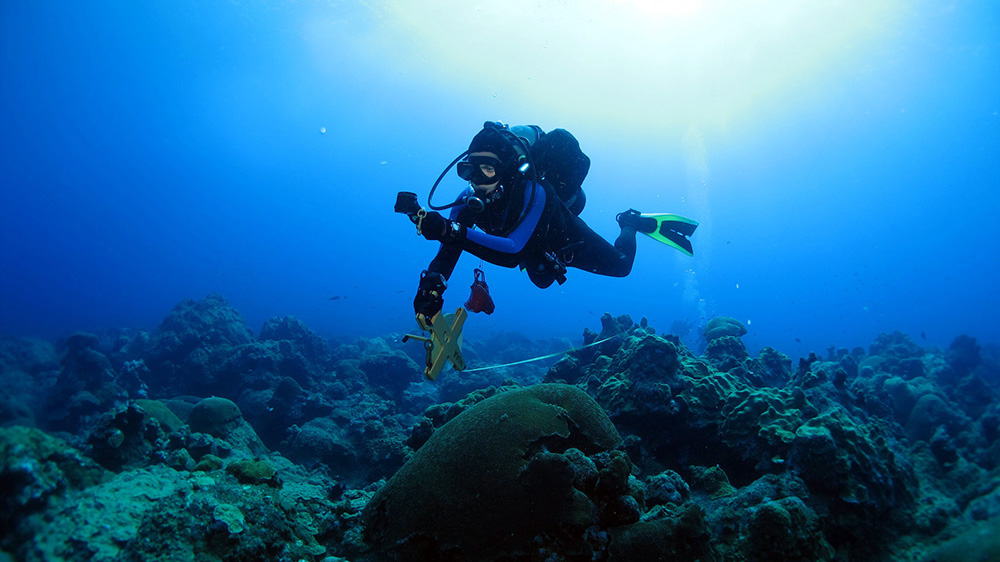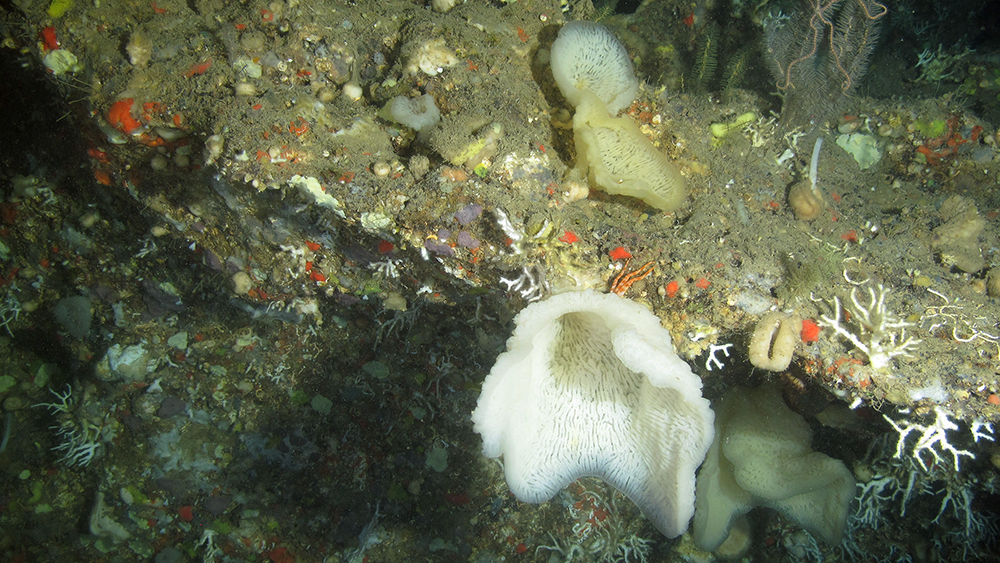Frequently Asked Questions
Following are answers to the most common questions about Flower Garden Banks National Marine Sanctuary (FGBNMS). Just click on a question to see the response.
We hope this resolves your most burning questions, and maybe even provides answer to questions you didn't even know to ask! But, if you can't find the answer to your question here or somewhere else on our web site, feel free to email us at flowergarden@noaa.gov and we will do our best to provide an answer.
Flower Garden Banks National Marine Sanctuary was designated January 17, 1992. Stetson Bank was added to the sanctuary in 1996. An additional 14 banks were added to the sanctuary in 2021. For more information about events leading up to designation, visit our History page.

Flower Garden Banks National Marine Sanctuary was designated because of concerns that the area needed protection from increasing human activities such as oil and gas extraction, anchoring on the reefs, and harvesting of the wildlife.

Both researchers and recreational divers were influential in efforts to have the sanctuary designated. For more information about events leading up to designation, visit our History page.
At the turn of the 20th century, snapper and grouper fishermen nicknamed this area the "Texas Flower Gardens" because of the colorful marine life they saw on the reefs below them. By the time the sanctuary was designated, the term 'banks' had been added to the name as a reference to the salt dome formations upon which the reefs are perched.
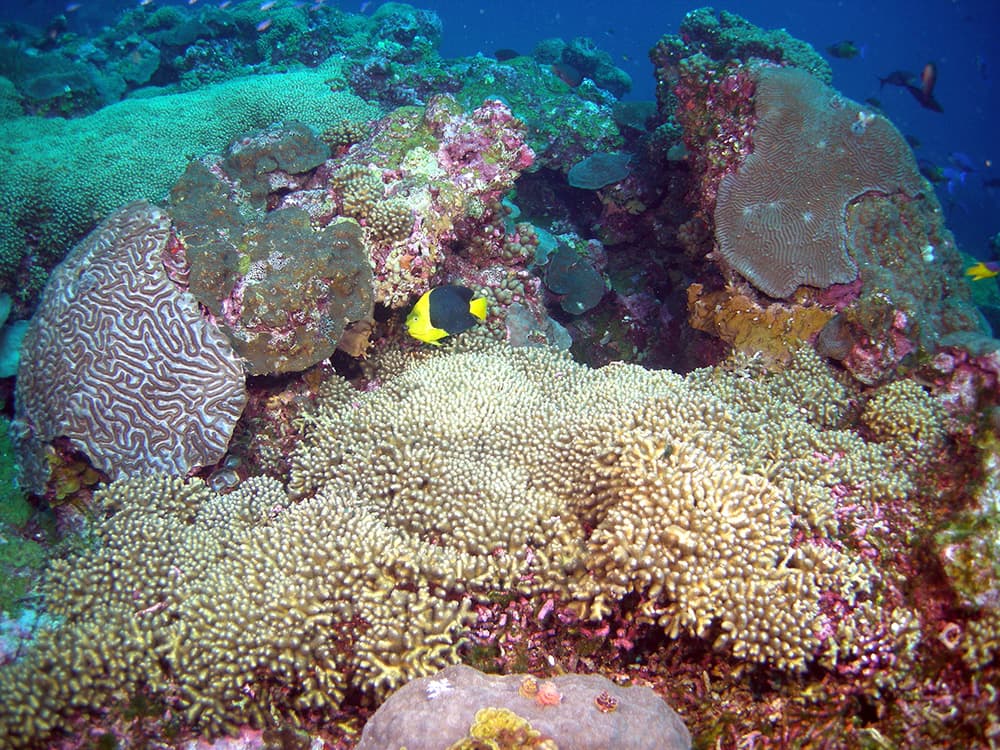
Flower Garden Banks National Marine Sanctuary is located in the northwestern Gulf and consists of 17 banks, enclosed within 19 separate boundaries: 28 Fathom Bank, Alderdice Bank, Bouma Bank, Bright Bank, East Flower Garden Bank, Elvers Bank, Geyer Bank, Horseshoe Bank, MacNeil Bank, McGrail Bank, Parker Bank, Rankin Bank, Rezak Bank, Sidner Bank, Sonnier Bank, Stetson Bank, and West Flower Garden Bank.
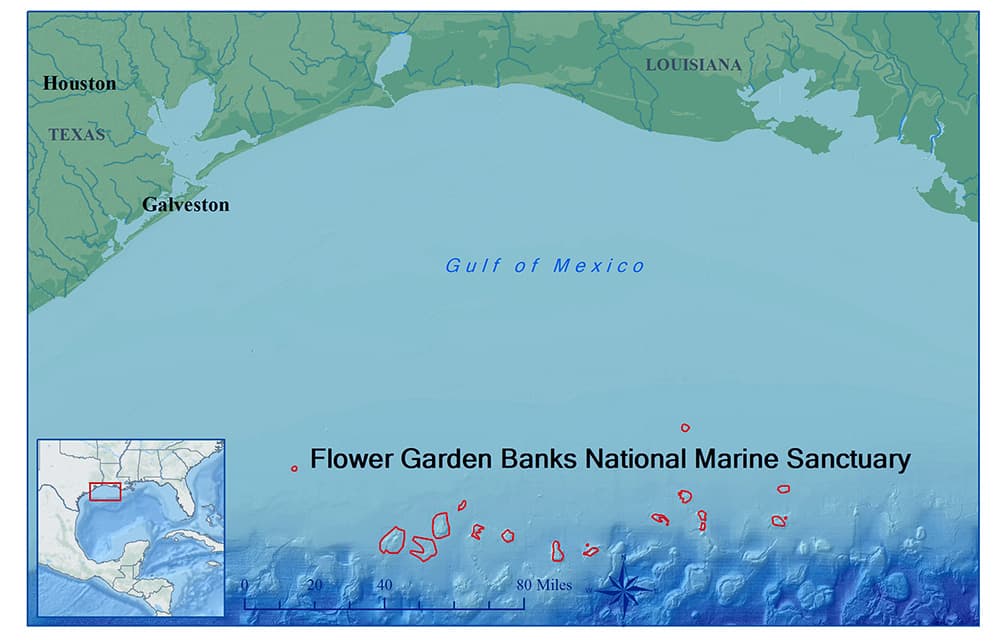
From Stetson Bank on the west end to Alderdice Bank on the east end, the pieces of the sanctuary are stretched across 145 miles (233 km) of the continental shelf off the coasts of Texas and Louisiana. Stetson and Sonnier Banks are considered mid-shelf banks, and are located about 80 miles (129 km) from shore. The remainder are considered shelf-edge banks, ranginge from 90 to 125 miles (145-201 km) offshore. For more information about sanctuary coordinates, visit our Sanctuary Boundaries page.
For a more detailed look at the sanctuary and its surroundings, check out the interactive map at the bottom of the website home page.
The total area of the sanctuary is about 160 square miles (414 sq km), divided between 19 distinct areas.
| Location | Square Miles | Square Kilometers |
|---|---|---|
| Stetson Bank | 1.4 | 3.6 |
| West Flower Garden Bank | 37.2 | 96.4 |
| Horseshoe Bank | 28.7 | 74.3 |
| East Flower Garden Bank | 27.8 | 72.0 |
| MacNeil Bank | 2.7 | 7.0 |
| Rankin/28 Fathom Banks | 5.6 | 14.5 |
| Bright Bank | 7.7 | 19.9 |
| Geyer Bank | 11.5 | 29.8 |
| Elvers Bank | 4.6 | 11.9 |
| McGrail Bank | 4.7 | 12.2 |
| Bouma Bank | 7.7 | 19.9 |
| Sonnier Bank | 3.1 | 8.0 |
| Rezak Bank | 3.7 | 9.6 |
| Sidner Bank | 2.0 | 5.2 |
| Parker Bank | 7.0 | 18.1 |
| Alderdice Bank | 5.0 | 13.0 |
| Total Area | 160.4 | 415.4 |
Only seven of the sanctuary banks have reef habitat within the recreational dive limit of 130 feet (39.6 meters). These are Stetson, West Flower Garden, East Flower Garden, Bright, Geyer, McGrail, and Sonnier Banks.

Mooring buoys currently provide boating access at Stetson, West Flower Garden, East Flower Garden, Bright, Geyer, and Rezak banks, since anchoring is not allowed anywhere in the sanctuary. Plans are to install mooring buoys at additional banks as time and resources allow.
East and West Flower Garden Banks are known for their large boulder-like, brain and star corals, which cover about 52% of the available surface area on the reef cap. In and around the reef you will see many of the same reef fishes common to more familiar Caribbean dive sites, but not quite as much variety. If you are fortunate, you may also see some of the larger residents such as manta rays, sea turtles and whale sharks, to name a few.
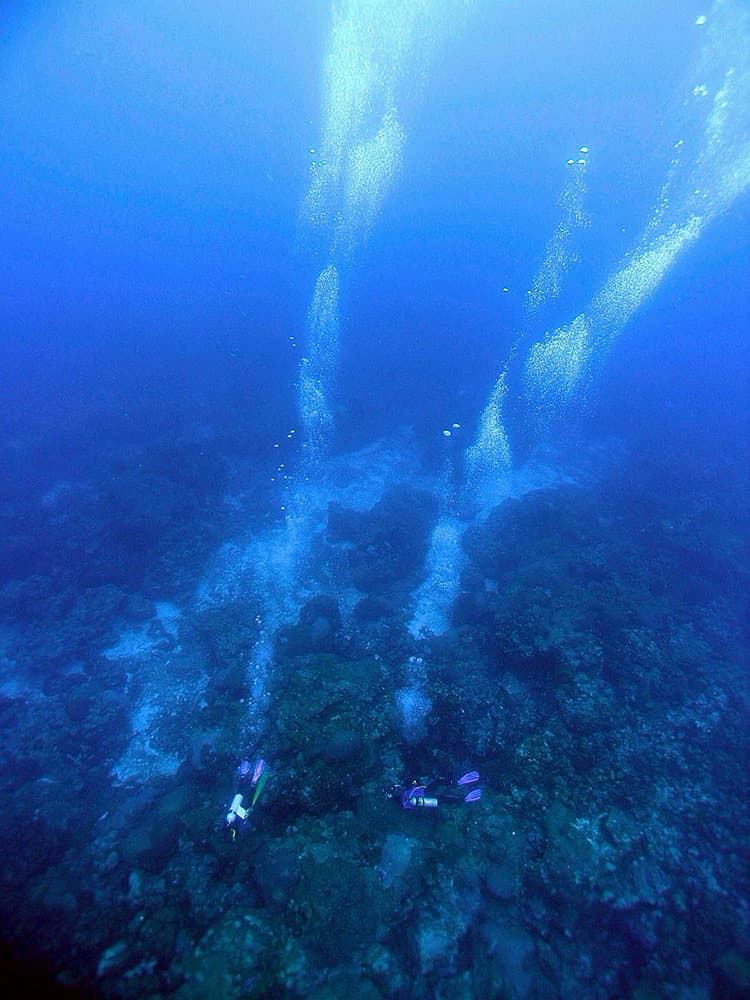
Take a photo tour of East & West Flower Garden Banks
At Stetson Bank, you will see upthrusted ridges of rock covered in mostly in algae and sponges, with a few corals scattered about. This is what's known as a coral community rather than a coral reef. In many ways, this makes it easier to see the variety of reef fishes and invertebrates that call the northwestern Gulf home. By looking in all the nooks and crannies you will certainly find eels, urchins, shrimp, lobsters and shellfish. Large spotted eagle rays are known to frequent the outer edges of this area, as well.

Take a photo tour of Stetson Bank
For more information about sanctuary wildlife, visit our Species List pages.
The simple answer to this question is, "You need a boat!" There are several commercial charter operators that take people out to Flower Garden Banks National Marine Sanctuary and the surrounding oil and gas platforms. Alphabetical listings are available on our Dive Charters and Fishing Charters pages. The sanctuary does not provide trips to the reefs.
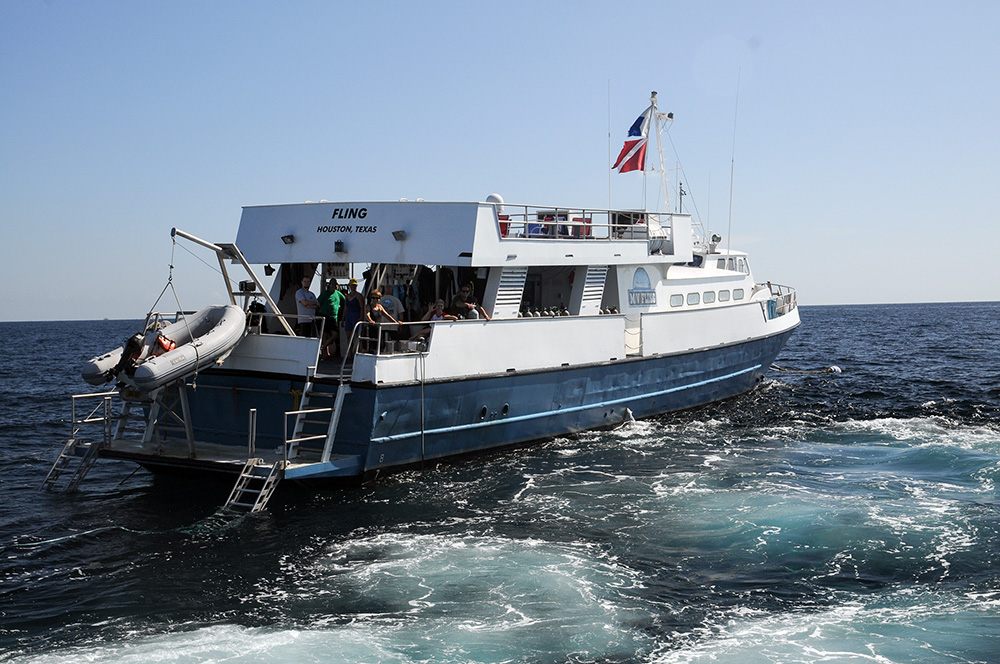
You may also choose to head out to the sanctuary in a private boat. If this is the case, be sure to look at the Visiting Your Sanctuary section of our website to help you plan for your trip.
No. Anchoring is prohibited in all parts of the sanctuary. However, vessels of 100 feet (30 m) in length or less may tie up to mooring buoys within the sanctuary on a first come, first served basis.
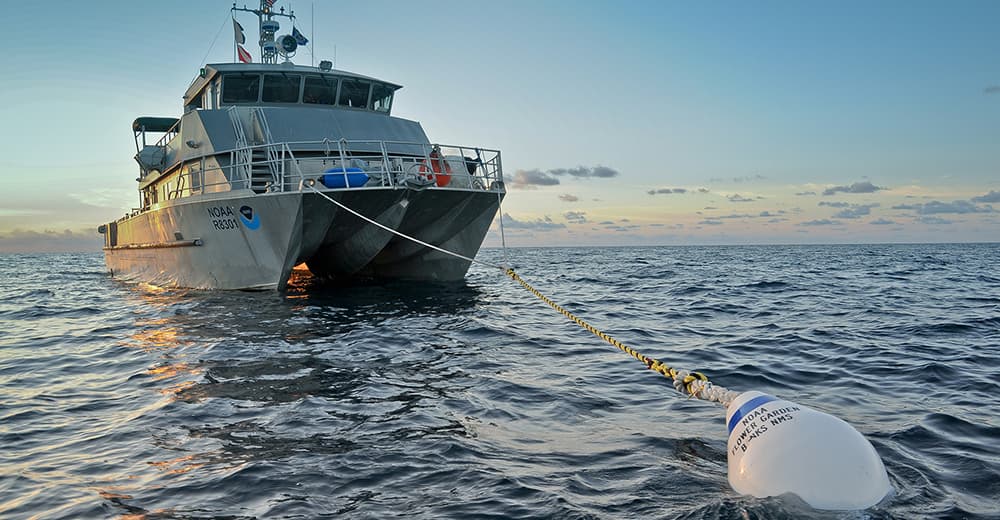
Mooring buoys may be removed for maintenance or disappear during severe storms, so they may not all be there when you are. Please report missing buoys to flowergarden@noaa.gov at your earliest convenience.
Yes. However, visitors to Flower Garden Banks National Marine Sanctuary are only allowed to fish using conventional hook and line gear. This is defined in the regulations as any fishing apparatus operated aboard a vessel and composed of a single line terminated by a combination of sinkers and hooks or lures and spooled upon a reel that may be hand or electrically operated, hand-held or mounted.

All other fishing within sanctuary boundaries, including spear fishing, is strictly prohibited. For more information on fishing regulations, visit our sanctuary Regulations page.
Yes. Snorkeling is an acceptable recreational activity in Flower Garden Banks National Marine Sanctuary. Keep in mind, however, that the reefs starts at least 56 feet underwater, so you probably won't be able to see much detail of the reef from the surface. What you may get a good look at are barracuda, jacks, chubs, sea turtles, manta rays and maybe even a whale shark, if they swim close enough to the surface. An occasional clump of sargassum may also provide some interesting viewing if you look closely.
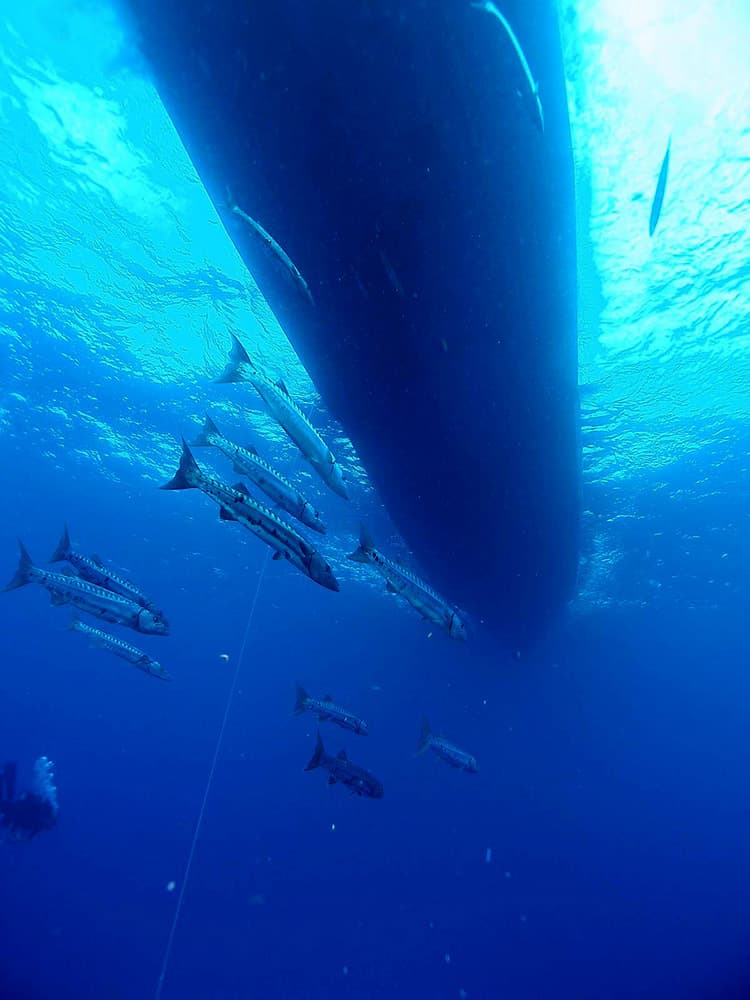
Please remember not to harass any of the animals, just look and enjoy! For more information on suitable snorkeling behavior, visit our Reef Etiquette page.
No. While it may be tempting to collect shells or other interesting items from Flower Garden Banks National Marine Sanctuary, that is a prohibited activity. We ask all our visitors to practice a "leave only bubbles, take only memories" philosophy within the sanctuary, so that future visitors will have the same opportunity to marvel at all of the wonderful creatures living there.
For more information, visit our sanctuary Regulations page.

Feel free to take pictures, or just click on almost any image on this website for a larger, hi-resolution image to download. If you use our images for other than your personal enjoyment, we'd appreciate credit to FGBNMS. If you have any questions about using our images, please contact us.
No permit is needed to dive or snorkel in Flower Garden Banks National Marine Sanctuary. All we ask is that you observe all of the sanctuary regulations while doing so.
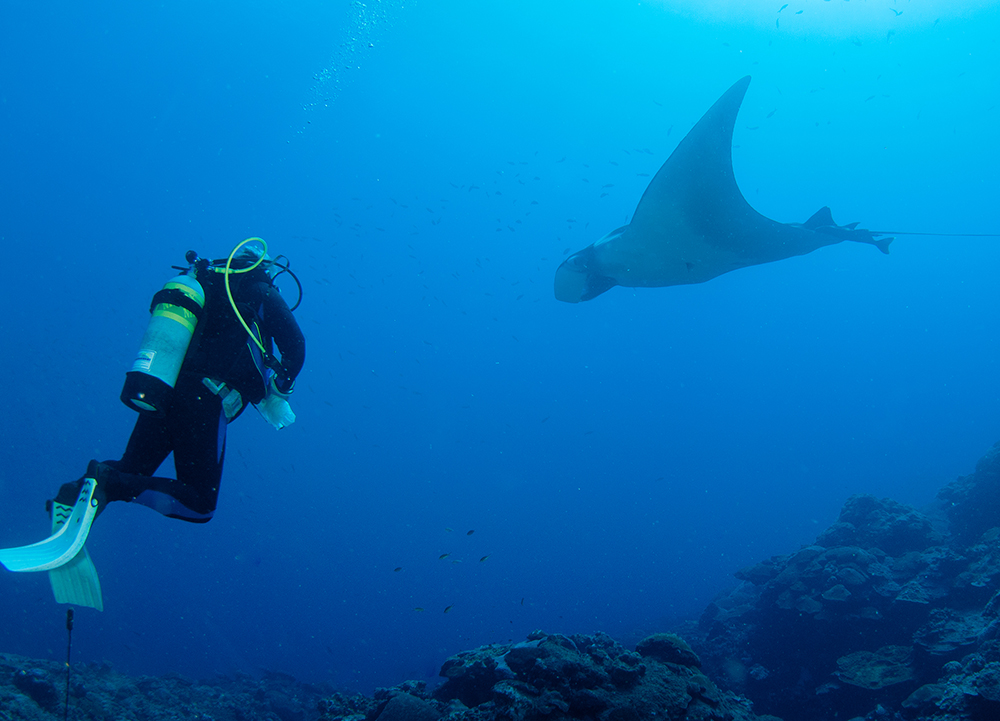
No sanctuary-issued permit is needed to fish within Flower Garden Banks National Marine Sanctuary. However, you do need to be aware that only conventional hook and line fishing is permitted within sanctuary boundaries. Please visit our sanctuary Regulations page for more information.
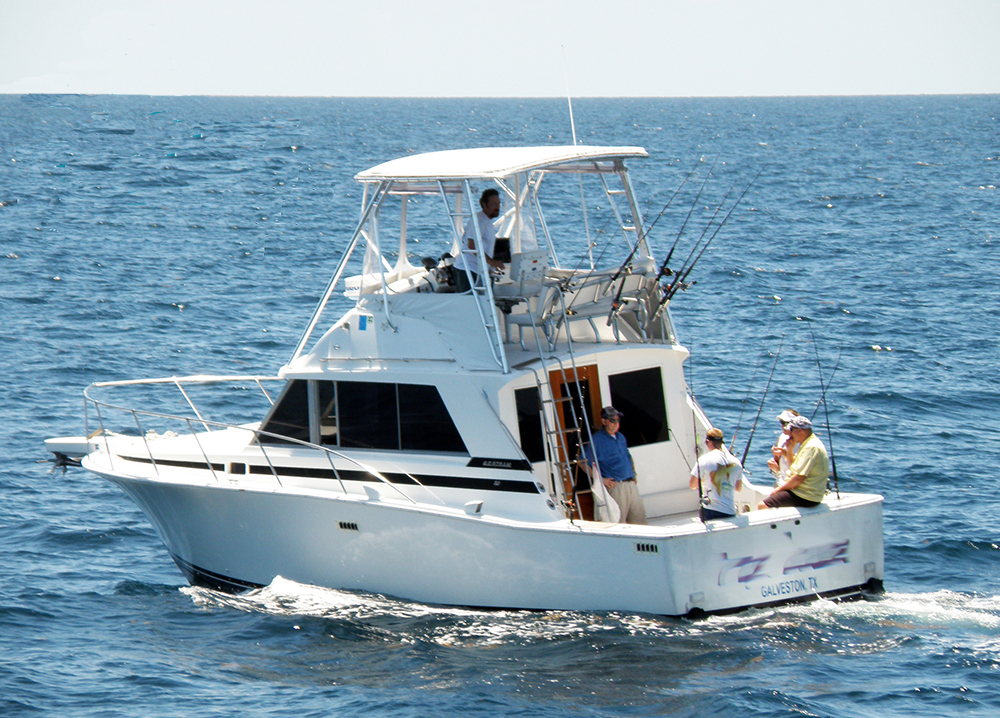
Federal fishing regulations apply in all areas of the sanctuary, as well.
No permit is needed to use the mooring buoys at Flower Garden Banks National Marine Sanctuary. However, only vessels of 100 feet (30 m) or less in length may use them.
Mooring buoys are available on a first come, first served basis, and courtesy and cooperation are encouraged between vessels. For more information on mooring buoy setup and locations, visit our Mooring Buoys page.
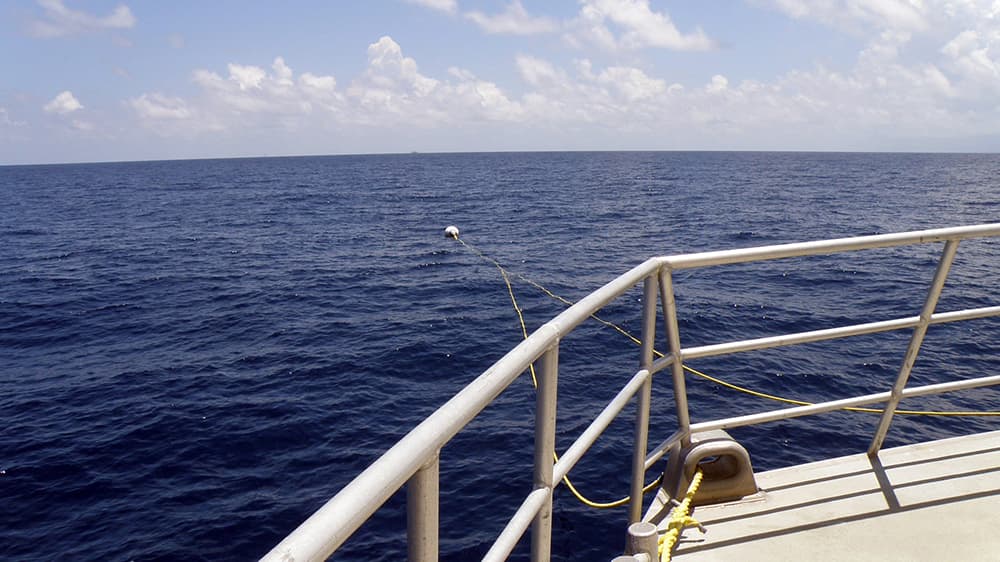
Yes. Research is encouraged at Flower Garden Banks National Marine Sanctuary, but most research activities DO require a permit. More information and links to permit application materials are available on our Permits page.
